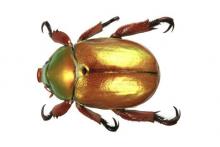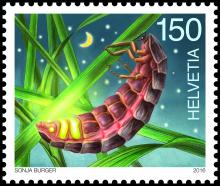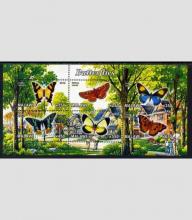Deltaplan Biodiversiteitsherstel negeert de grootste sleutelproblemen op het Nederlandse platteland
De laatste decennia is het Nederlandse platteland veranderd in een ecologische woestijn. De verstikkende deken van ammoniak en landbouwgif die over ons landschap ligt, heeft vergaande gevolgen, niet alleen voor de natuur, maar ook voor onze gezondheid en voor het agrarische bedrijf. Iedereen heeft dan ook lang uitgekeken naar het Deltaplan Biodiversiteitsherstel dat een oplossing zou presenteren. Maar zelden was de teleurstelling zo groot. Het plan negeert de grootste sleutelproblemen op het Nederlandse platteland: het te kleine natuurareaal en een landbouw die extreem vervuilend is.










